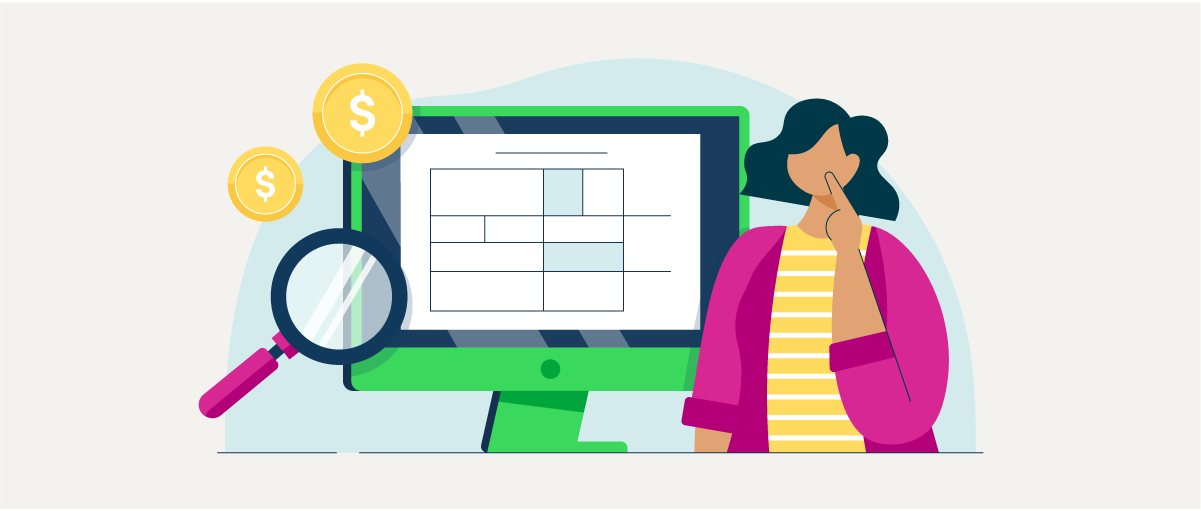Standard Occupational Classification Codes
The Standard Occupational Classification (SOC) is an important statistical standard that federal agencies use to categorize workers into job-related groups. Its primary function is to gather, compute, distribute, and disseminate data, playing a significant role in workforce planning and management. In recent years, more and more states have started collecting this data. Some states even make it a requirement to report on their quarterly tax forms.
What jobs have SOC codes?
Any job that involves work for pay or profit, whether in the public, private, or military sectors, is assigned an SOC number.
- Management Occupations
- Business and Financial Operations Occupations
- Computer and Mathematical Occupations
- Architecture and Engineering Occupations
- Life, Physical, and Social Science Occupations
- Community and Social Service Occupations
- Legal Occupations
- Educational Instruction and Library Occupations
- Arts, Design, Entertainment, Sports, and Media Occupations
- Healthcare Practitioners and Technical Occupations
- Healthcare Support Occupations
- Protective Service Occupations
- Food Preparation and Serving Related Occupations
- Building and Grounds Cleaning and Maintenance Occupations
- Personal Care and Service Occupations
- Sales and Related Occupations
- Office and Administrative Support Occupations
- Farming, Fishing, and Forestry Occupations
- Construction and Extraction Occupations
- Installation, Maintenance, and Repair Occupations
- Production Occupations
- Transportation and Material-Moving Occupations
- Military-Specific Occupations
Understanding the US Bureau's SOC Codes
SOC codes using the US Bureau of Statistics list have six digits with a hyphen inserted between the second and third digits. Some states, like Alaska, use their own list of codes, as seen in our help article linked below. The US Bureau's codes can be decoded as follows:
- First two digits = major group. Major groups always end in 0000.
- Third digit = minor group. Minor groups usually end in 000.
- Fourth and fifth digits = broad occupation. Broad occupations always end in 0.
- Sixth digit = detailed occupation. Detailed occupations always end in a number other than 0.
Example:
35-0000 Food and Beverage Serving Workers (major group)
35-1000 Supervisors of Food Preparation and Serving Workers(minor group)
35-1010 Supervisors of Food Preparation and Serving Workers (broad occupation)
35-1011 Cooks, Fast Food (detailed occupation)
When reporting the occupational codes or setting them up in QuickBooks, don't select the major group ending in 0000. Choose the specific job category that falls within the major group.
The complete list of occupational codes used by the US Bureau of Labor Statistics is available here. QuickBooks customers should review our help article below to determine which list of codes to use, as some states use a unique list.
Which states collect SOC codes?
Some states require employers to provide SOC codes on quarterly unemployment insurance reports. QuickBooks will automatically include these codes on quarterly forms if the codes are set up and assigned to employees accurately.
- Alaska
- Indiana
- Louisiana
- North Carolina (not yet required, but the agency requests that employers provide them)
- South Carolina
- Washington
- West Virginia
What do agencies do with the codes they collect?
SOC codes are critical in workforce planning for public and private organizations. They enable comparisons of occupations across the United States. State and local governments can use SOC codes for job classification, workforce development, and planning. In the private sector, human resource professionals use SOC codes to benchmark compensation, analyze job functions, and align their workforce with industry standards, fostering a strategic approach to workforce management.
Who uses SOC codes?
SOC codes and occupational data may be helpful to the following groups:
- Government program managers
- Industrial and labor relations practitioners
- Students considering career training
- Career and employment counselors
- People searching for new jobs
- Educational institutions
- Employers
How to set up the SOC codes in QuickBooks Payroll
For those using QuickBooks Payroll, we've compiled a comprehensive help article with a helpful video guide to walk you through each step of assigning the SOC codes to employees. We provide information to help you choose the correct codes based on the state where you do business and the list of codes they use.
We made this resource to give you the help and advice you need to add SOC codes to your QuickBooks Payroll account. It'll also help you comply with agency rules. For more information, visit our SOC Article.













